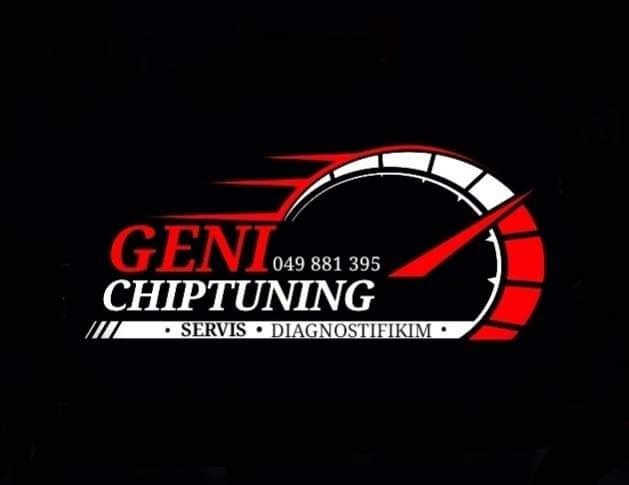The Great British Camping Holiday of 1981 was often not for the faint-hearted. You would need a campervan as agreeable as a Devon-converted Toyota HiAce with Alpine Green paintwork to make the experience bearable. In addition to the rain and the mud, there would be the camp shop retailing tinned foods last glimpsed when Harold Macmillan was Prime Minister, while the camp entertainment hall would be screening Carry On England. All week.
Instead, it was better to retreat to the HiAce’s cabin, which resembled a mobile living room. Buyers were assured that for just £8,163.87, “Even some hotel rooms don’t come as luxurious as the HiAce Motor Caravan”. Plus, “with Toyota’s renowned reliability, you shouldn’t be troubling either the RAC or the AA” – a not overly subtle reference to certain British rivals.
There are probably now fewer than a dozen second-generation HiAce campers on the road, but in the late 1970s and early 1980s the Toyota was one of the first Japanese-built vans acquired by many traders. The original H10 series debuted in 1967, with British imports commencing in 1972. The H11 line-up replaced it in 1977 with a choice of 1.8-litre versions, as well as 2.0-litre long-wheelbase versions.
The latest HiAce did not lack for showroom appeal; its list of standard equipment included a radio, a variable-speed heater fan, a cigarette lighter, a reclining front seat for the driver, electric windscreen washers and a “heavy duty heater”. The brakes were drums front and rear, while the idea of power steering on a van was science fiction at that time.

Commercial Motor thought the four-speed steering column gearchange had “a long linkage to the box” but it was “nevertheless very precise in operation”. However, they thought “where the Toyota really fell down, in our estimation, was from a maintenance angle. The forward-control design means that the engine is located well back between the seats and access to it is via a hinged cover.”
These issues did not prevent the HiAce becoming the van of choice of carpet fitters and market gardeners. It also formed the basis of campervans from a variety of coachbuilders. Conversion specialist Devon commenced operations in 1956 and by 1972 Volkswagen GB appointed the company as its sole supplier of caravanettes. Autocar complained about the restriction on choice; ironically, this move prompted several other firms to opt for Toyota.
In 1975, the government removed exemptions from full taxation for campervans and several companies responded by moving upmarket. Devon began converting Toyotas in 1980 and its HiAce was far removed from earlier generations of van-based accommodation. The living quarters resembled the lounge from Terry and June, with seats covered in ultra-fashionable velour. The cabin had space for seven passengers, with berths for four adults; two in the “Devon Double Top” bed within the folding roof and two created by folding the dining seats.

Production of the van ended in 1982 with the introduction of the H50 range; the pick-up version continued until 1995. The HiAce is now in its sixth incarnation, while this example is a reminder of when Formica in various shades of cream and beige was the height of motorhome fashion. The three front seats are in differently coloured vinyl, while the camping specification includes a carpeted floor, an electric water pump, a gas cooker, a wardrobe and a fridge.

The list price of £8,163 was not a small amount in 1981, when an Austin Princess 2200 HLS Automatic cost £7,593 and a Volvo 244 DL was £7,415. However, the HiAce motor caravan was a very well-planned machine. As one impressed reporter put it, the quality of Devon’s work “helps to restore pride in British workmanship”.
And 43 years ago, owning such a fine campervan meant the worst of weekend breaks involving frost, snow and a diet of Spam fritters was slightly more bearable. Even if the recreation hall was now screening Confessions from a Holiday Camp.




